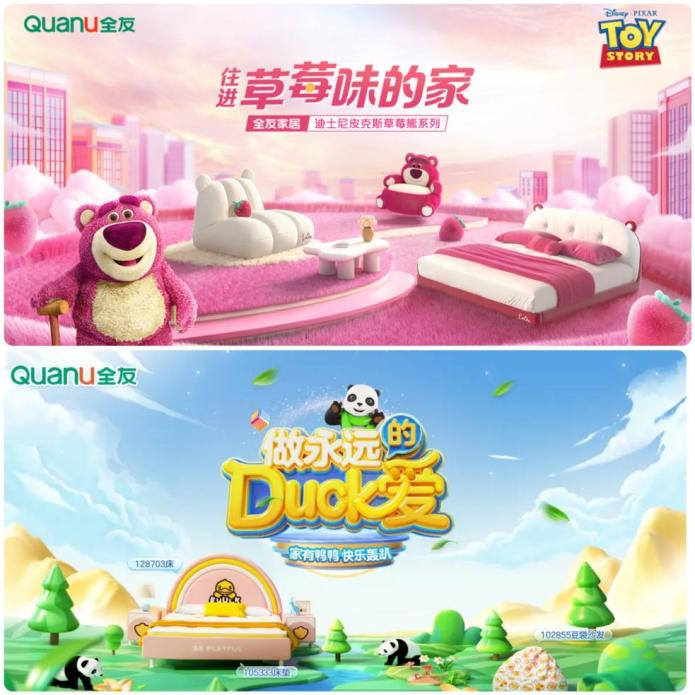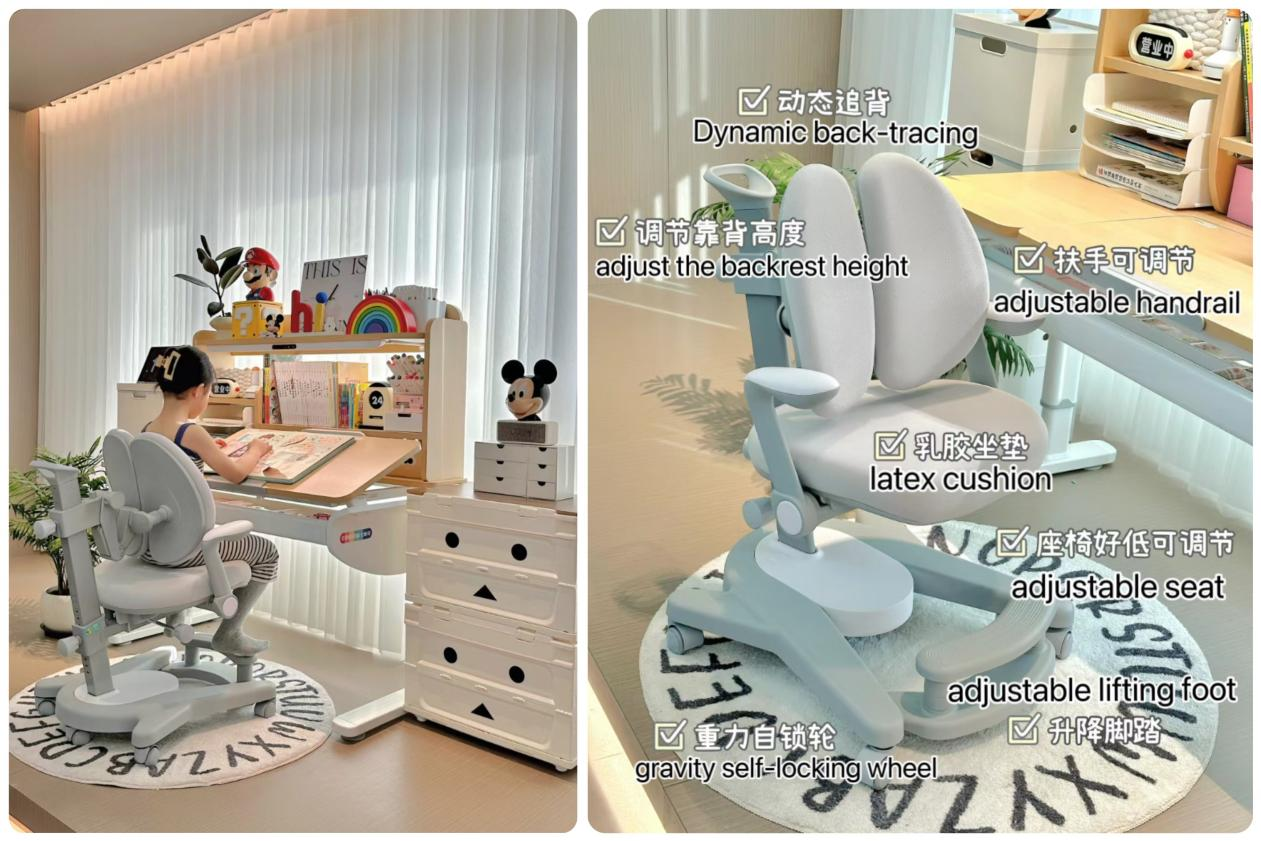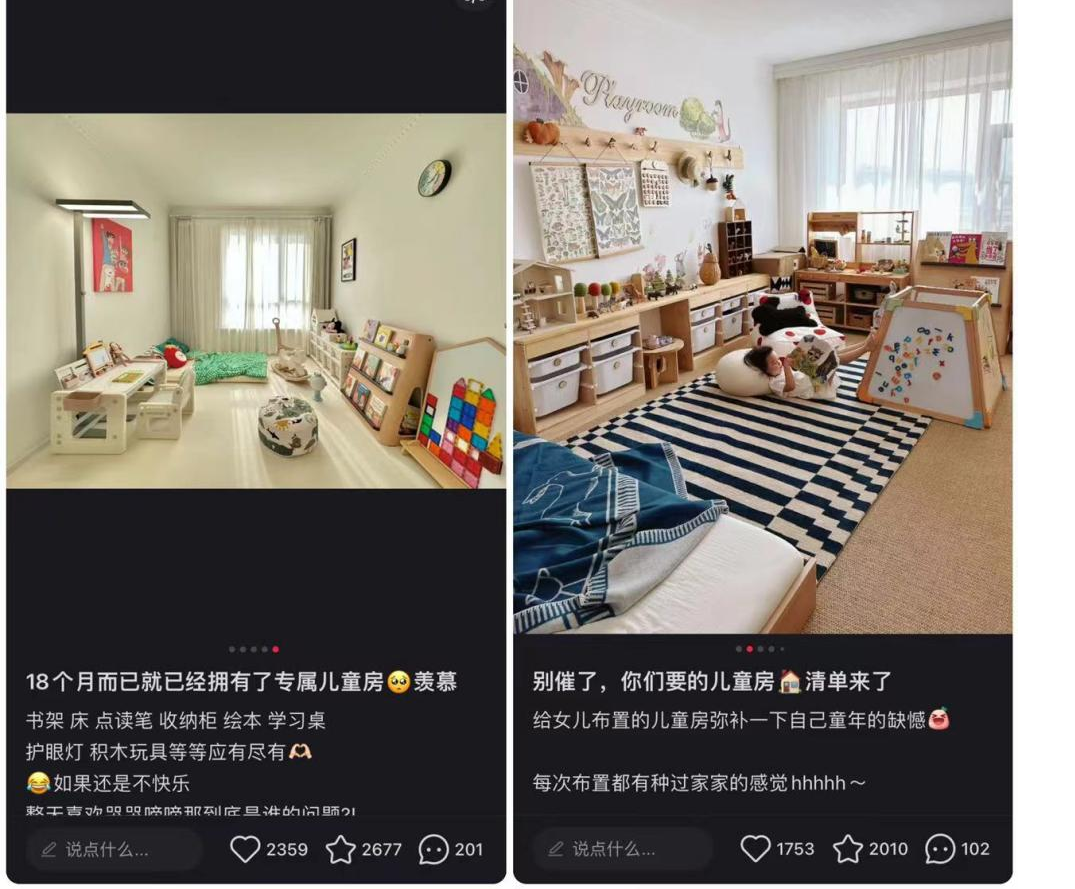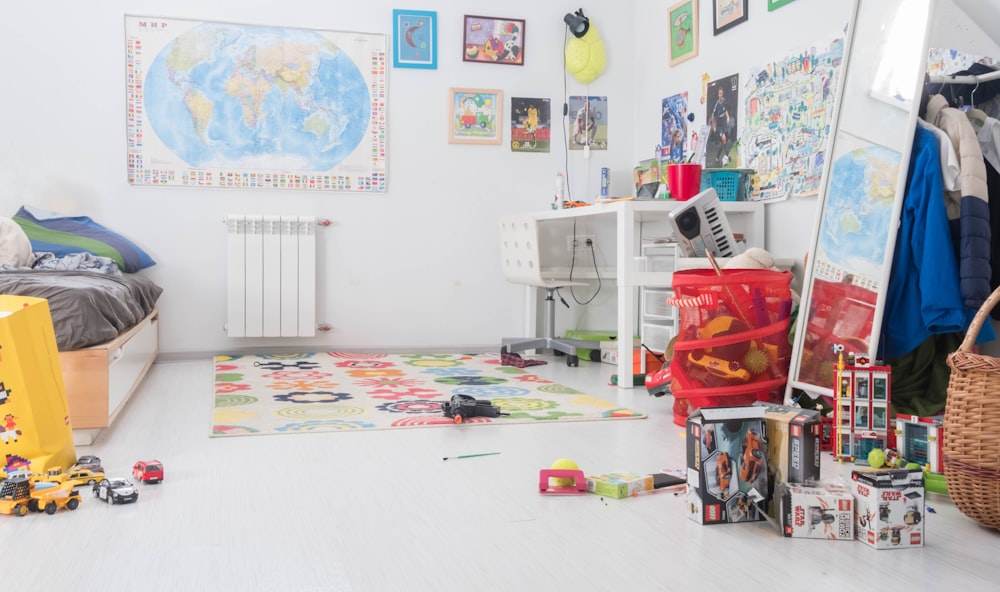According to the “2021 China Children’s Furniture Market Research Report”, the Chinese children’s furniture market size was valued at RMB 141.9 billion in 2020, with a compound annual growth rate (CAGR) of 8.5% over the past five years. The market is projected to maintain a steady CAGR of 6.8% in the forecast period, surpassing RMB 180 billion by 2024. As a key player in global furniture production and consumption, China is leveraging its strengths in the kids’ furniture market. However, potential challenges and future trends warrant close observation.
Download our China’s F&B industry white paper

Evolution of Chinese kids furniture market: From scarcity to abundance
The development of the Chinese children’s furniture market has been a gradual journey. In the last century, compared to the global kids furniture market, the Chinese one was virtually nonexistent due to the underdeveloped economy. Many children made do with makeshift study spaces like coffee tables or regular tables and other wooden furniture at home. Even when families could afford desks, specialized children’s learning tables were rare.
At the turn of the 21st century, children’s furniture slowly gained visibility. However, manufacturers initially focused on adapting adult furniture for children, merely altering shapes and colors to suit preferences. In recent years, societal shifts and increased parental focus on children have propelled the market growth of children’s furniture brands. This surge has led to a proliferation of diverse and innovative children’s furniture options in the market.
Chinese consumer preferences in children’s furniture styles
Beloved by children: the popularity of IP co-branding
In recent years, children’s furniture brands have been keen on catering to both consumer and children’s psychology by introducing unique and appealing furniture lines. Starting in 2022, Quanyou Furniture(全友家居) collaborated with the popular cartoon IP “B.Duck” (小黄鸭) to introduce a series of products, and carried out pop-up stores in Chengdu’s popular business districts, attracting many consumers and obtaining widespread acclaim.
In 2024, responding to the growing demand for personalized options, Quanyou launched the Strawberry Bear series, staying true to its brand strategy of being youthful, fashionable, and international while enhancing design and product quality. This series, developed in collaboration with Disney, features a range of items such as floating beds, treehouse beds for teenagers, children’s sofas, mattresses, lazy sofas, kids’ outdoor furniture and baby furniture.
Beyond their charming aesthetics, these pieces prioritize comfort and safety. Constructed from solid wood and plush, high-elastic cotton, they are designed with children’s physiological needs in mind. A notable highlight is the bed screen, crafted from dirt-resistant and durable materials, ensuring easy maintenance and reducing parental hassle. This commitment to both design and functionality underscores Quanyou’s dedication to meeting the evolving needs of modern families.

Functional furniture: Safeguarding children’s health
As parental education and consumption patterns evolve, and concerns over children’s spinal and vision health grow, the demand for functional children’s learning supplies is on the rise. These products not only meet children’s daily learning needs but also integrate ergonomic principles and functional designs to create a healthier learning environment.
To address the issue of prolonged sitting and its negative effects on children’s spines, ergonomic chairs tailored to children’s physical characteristics have emerged. These chairs feature adjustable backrests, cushions, armrests, and footrests, allowing children to customize their seating position for optimal comfort and support. Scientifically designed to discourage poor sitting habits like slouching or lying on the table, these chairs contribute to the overall health and well-being of children in the learning environment. Due to their functionality, they are becoming more and more popular in the global market.
In addition to ergonomic chairs, the study desks available in the market incorporate features such as tiltable tabletops. This design ensures that the child’s line of sight remains parallel to their books or learning materials, reducing eye strain and neck discomfort. By promoting proper posture and alignment, these desks help prevent vision problems like myopia. When used with ergonomic chairs, children can maintain correct posture, including an upright spine and extended neck, throughout their learning sessions.

Consumers are shifting towards high-end children’s products
An increasing number of Chinese consumers are shifting away from haphazardly selecting kids furniture and are now leaning towards purchasing foreign brands or local brands with high quality and guarantees. This trend is propelled by several factors working in tandem.
Elevated consumption uncertainty amid potential hazards
For a significant duration, children’s furniture and regular furniture shared the same standards, leading to a prolonged absence of industry-specific regulations for children’s furniture. This resulted in a considerable safety risk, with substandard and poorly produced children’s furniture flooding emerging markets like China, largely originating from small factories without brand-backed quality assurance.
The introduction of the new national standard GB28007-2011 “Children’s Furniture-General technical requirements” in August 2012 marked a pivotal improvement, providing a national benchmark for Chinese children’s furniture market. However, The emergence of legislation has not completely eradicated the problem of Children’s furniture quality.
A CCTV survey last year showed that 30 percent of children’s furniture in random checks did not meet safety standards, with chairs and benches having the highest failure rate. Simultaneously, parents find it challenging to assess furniture quality independently, often relying solely on sales staff guidance during selection.
In response to these concerns, an increasing number of consumers, especially in the growing middle-class population opt for high-end children’s furniture brands, both domestically and internationally, offering quality assurance for their children’s health and safety. While legislation has improved the safety of children’s furniture, creating a secure environment for children necessitates collaborative efforts among domestic producers, retail platforms, regulatory bodies, and consumers.
Influence of female consumers on children’s furniture trends
Today, the primary decision-makers for purchasing functional children’s school supplies are predominantly young, affluent, and highly educated mothers. Guided by progressive educational ideologies and the pursuit of top-tier educational standards, they exhibit a strong willingness to invest in quality products. These discerning consumers prioritize high-end materials and are inclined towards high-tech solutions that offer tangible benefits for their children. In addition to furniture that meets traditional education, furniture that can realize play-based learning has become their new consumption goal.
Functional furniture serves as more than just tools for ensuring children’s health and safety; it also plays a subtle role in nurturing children’s development. Items like learning tables and chairs promote good study habits and proper posture, while themed furniture series spark children’s creativity and imagination.
For these parents, only premium domestic and international brands can fulfil their diverse requirements, reflecting their preference for comprehensive solutions. This preference for high-end products stands as a driving force behind the expansion of the high-end children’s product market and online channels for such purchases.
What is the future trend of children’s furniture
As market demand expands and competition between brands intensifies, an array of new children’s furniture products continues to emerge. The concept of whole-house customization is gaining traction among the Chinese kids’ furniture industry, with themed children’s rooms emerging as a focal point. From themed tables and chairs to cabinets, carpets, and walls, these elements harmoniously add color and comfort to the room, creating cohesive and immersive environments.

Moreover, educational toys designed for easy disassembly and cleaning not only stimulate children’s imagination and creativity but also alleviate concerns for parents. This shift from traditional desktop learning to dynamic room settings allows children to engage with furniture in playful and interactive ways, fostering valuable parent-child bonding experiences.
Looking ahead, automated digital technology is poised to revolutionize children’s furniture. Features such as automatic lifting tables, adjustable lamps, and even self-adjusting beds are on the horizon. Given children’s limited autonomy, integrating smart technology into furniture can enhance safety and comfort by analyzing and responding to the surrounding environment. Despite this potential, the adoption of smart technology in children’s furniture remains relatively limited, presenting an opportunity for innovation in the market.
Key characteristics aiding understanding of the Chinese children’s furniture market
- After years of development, China’s children’s furniture market has matured significantly, boasting immense market value and potential
- Furniture brands started collaborating with popular intellectual properties, combining aesthetics with a focus on children’s requirements
- Parents prefer functional furniture due to its capacity to safeguard children’s health
- Quality issues persist in Chinese children’s furniture, prompting consumers to opt for high-end alternatives
- The primary consumers in the Chinese children’s furniture market are affluent and well-educated mothers, who prioritize the internal influence of furniture on their children
- In the future, the trend is expected to shift towards supporting children’s furniture series and smart furniture, each boasting its own distinct advantages
The surge in demand for children’s furniture in China: a gateway for international brands
As Chinese parents become increasingly conscious of child safety and development, the demand for quality children’s furniture is rising sharply. At Daxue Consulting, we leverage our deep understanding of market trends and consumer behavior to help international brands successfully enter and expand in this growing sector.
Our services encompass thorough market analysis and strategic consulting, tailored to navigate the complexities of the Chinese children’s furniture market and connect brands with their target audience effectively. Contact us to schedule a consultation.






